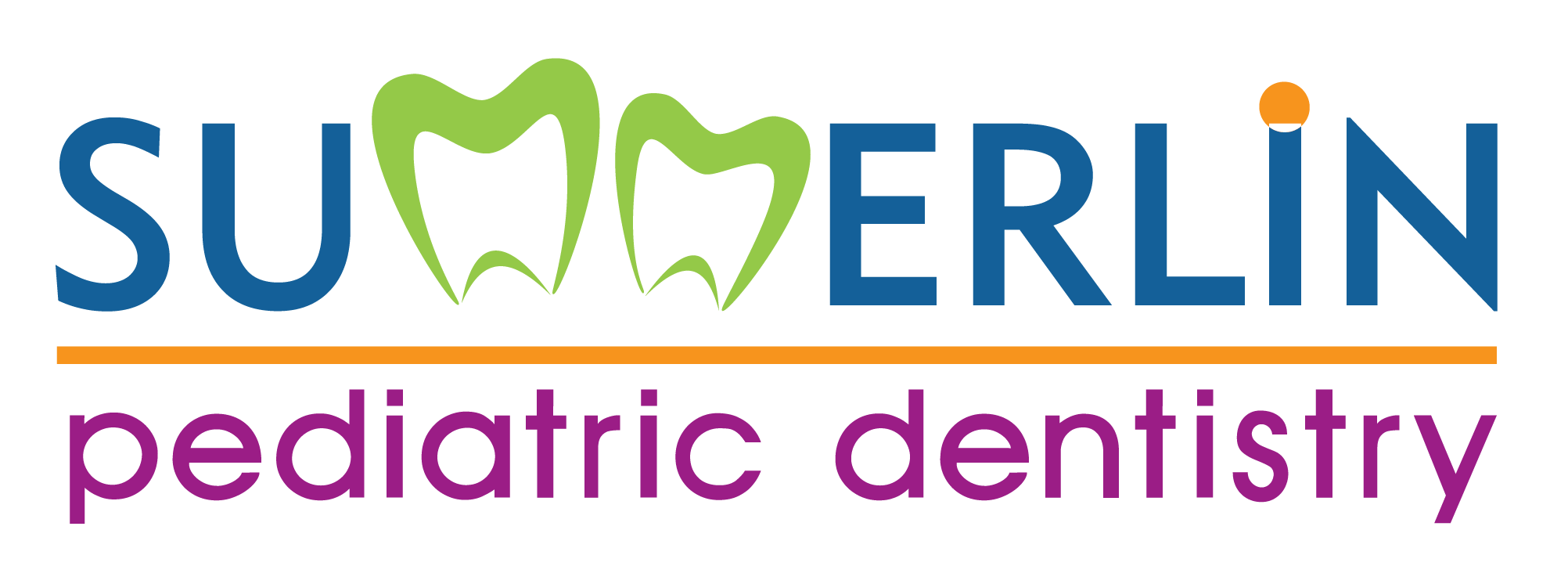Autism Dental Center
Our Approach to a Special Challenge
If you are like most parents of children with autism, you are probably overwhelmed. Dr. Hoban, Dr. Row and their team are here to help make the dental visit as uneventful and relaxing as possible for you and your child.
Our approach is an adaption of the Applied Behavioral Analysis (ABA) technique: breaking down each desired behavior into even smaller tasks and gradually teaching each small task, one at a time, using rewards in very specific ways. Because this is a very time intensive approach, parental involvement before and after each visit is key.
Four Steps
The 4 steps to reaching these goals are as follows:
- Divide each skill into smaller tasks, using visual prompts.
- Demonstrate each skill to the child.
- Repeat the skill at home.
- Excite the learner with a reward system.
Your Child's Perception of the Dentist
At the dentist, a patient with autism may experience:
- Fear of contact – or the dentist being too close
- Fear of objects / dental instruments
- Hyper- or hypo-sensitivity to sounds, touches and tastes
- Confusion and uncertainty about what to do
- A heightened reaction to dental lights or changes in lighting
Emotional Reactions
These experiences often cause emotional reactions by the child, often expressed by:
- Crying or fretting
- Kicking, hitting, biting, and attempting to leave
- Refusal to open the mouth for the dentist
- “Turning out” and thus not registering what is being said
Four Techniques
Four techniques are used throughout dental treatment:
- Eye contact: If the dentist can get your child to respond to the request “look at me”, it is a good indication that your child will eventually succeed. “Look at me” commands help your child pay attention, and helps establish a relationship between your child and the dentist.
- Educational Modeling: This is a way our dental staff will train your child to assume certain safe positions. The dentist may give instructions such as “feet out straight, hands on your tummy” repeatedly. This is done until your child automatically assumes these positions when he or she is seated in the chair. No other position is acceptable. This is called “educational modeling”. The patient “models” the behavior, and then adopts that as a habit on future visits. Children with autism usually need a lot of repetition.
- Modulated Praise: This is a technique that encourages good behavior and doesn’t call attention to negative behavior.
- Counting Framework: Once the patient with autism has learned a particular request, for example to allow a mirror to be placed in the mouth, then your child’s dentist will ask him to hold that position to a count of ten. Your child is thus trained to hold still for successively longer periods of time, so that eventually he will sit long enough for routine dental treatment to be safely delivered.
Don't Forget
These techniques do not work for everyone. Some children have not responded fully to our program. Often, these are children with more involved disorders or lower cognitive abilities. The key is not to presuppose an individual’s capabilities: patients will often surprise even those closest to them. It is amazing what a child with autism can accomplish when someone takes the time to work with him at his pace.
Parent/caregiver involvement is the key. It is critical that you are involved and committed to this process. You need to help reinforce the skills at home and help guide the dental team as to what is working and not working.
Start young. Don’t avoid dental visits for your child. It is never too early. The first dental visit is recommended for all children by their first birthday. This is especially important since most children with autism are at high-risk for getting cavities.
Don’t delay dental visits. Waiting will only let smaller problems become larger ones, including pain and infection. Waiting greatly reduces the probability of successfully treating your child in a normal dental office environment.
For an initial assessment with Dr. Ashley Hoban or Dr. Row, call Autism Dental Center at Summerlin Pediatric Dentistry:
(702) 838-9013






